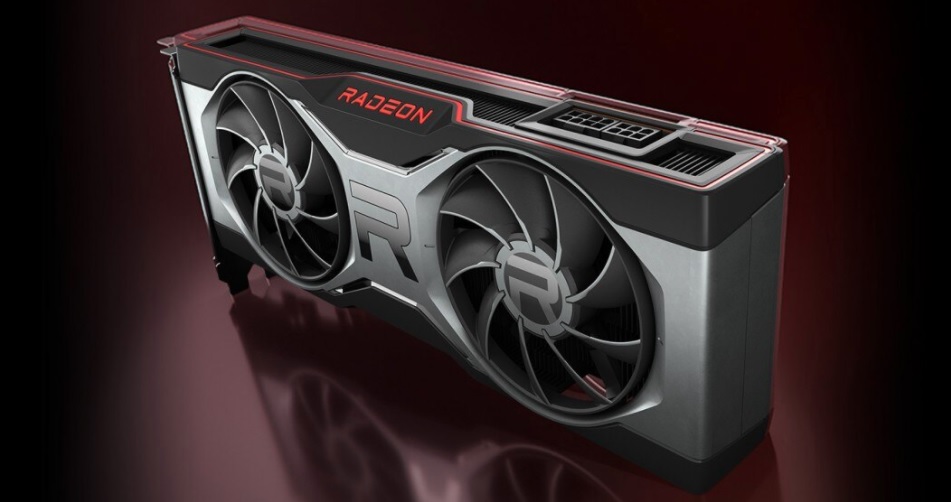Google Pixel 3 vs. Pixel 2: What's Changed?
From a different design to bigger screens to new features, there's plenty of differences between Google's Pixel 3 and last year's models.
Most smartphones don't change very much from year to year, introducing a few enhancements but otherwise looking and feeling very much the same. That's not the case with the latest Pixels from Google.
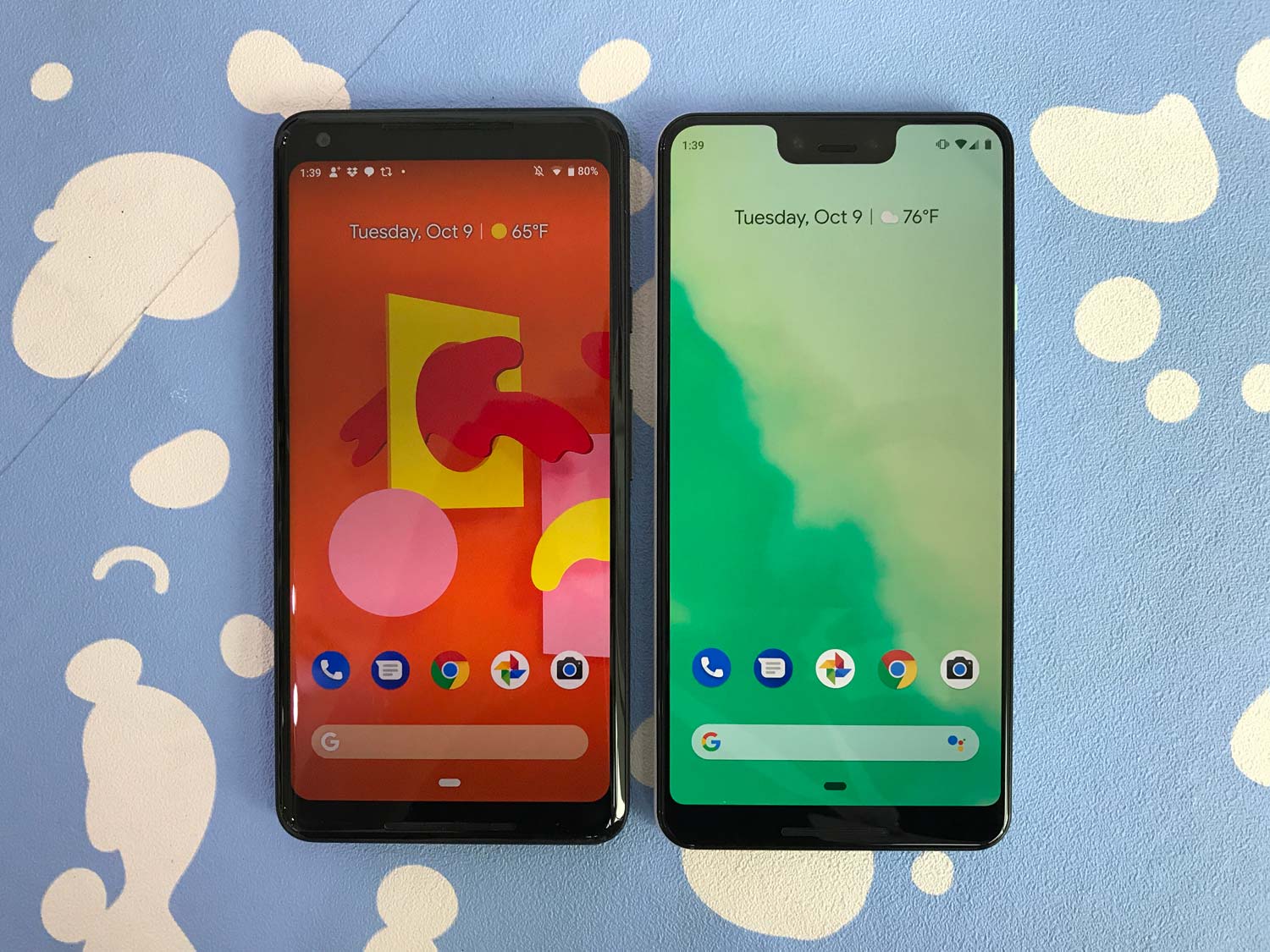
Not only do the Pixel 3 and Pixel 3 XL sport a different design from last year's Google phones, they also gain a few notable new features, many of which are powered by artificial intelligence. Here's a closer look at how the latest phones compare to the Pixel 2 and Pixel 2 XL.
Specs: Pixel 3 vs. Pixel 2
| Row 0 - Cell 0 | Google Pixel 3 | Google Pixel 3 XL | Google Pixel 2 | Google Pixel 2 XL |
| Price | $799 | $899 | $649 | $849 |
| Processor | Qualcomm Snapdragon 845 | Qualcomm Snapdragon 845 | Qualcomm Snapdragon 835 | Qualcomm Snapdragon 835 |
| Screen | 5.5 inches | 6.3 inches | 5 inches | 6 inches |
| Rear Camera | 12.2-MP (f/1.8) | 12.2-MP (f/1.8) | 12-MP (f/1.8) | 12-MP (f/1.8) |
| Front Camera | 8-MP wide-angle (f/2.2), 8-MP (f/1.8) | 8-MP wide-angle (f/2.2), 8-MP (f/1.8) | 8-MP (f/2.4) | 8-MP (f/2.4) |
| Battery | 2,915 mAh | 3,430 mAh | 2,700 mAh | 3,520 mAh |
| Wireless Charging? | Yes | Yes | No | No |
| Memory | 4GB | 4GB | 4GB | 4GB |
| Storage | 64GB or 128GB | 64GB or 128GB | 64GB or 128GB | 64GB or 128GB |
| Colors | Clearly White, Just Black, Not Pink | Clearly White, Just Black, Not Pink | Clearly White, Just Black, Slightly Blue | Clearly White, Just Black, Black & White |
| Weight | 5.2 ounces | 6.5 ounces | 5.01 ounces | 6.2 ounces |
| Size | 5.7 x 2.7 x 0.3 inches | 6.2 x 3.0 x 0.3 inches | 5.7 x 2.7 x 0.3 inches | 6.2 x 3.0 x 0.3 inches |
Display and Design
Stack a Pixel 3 next to a Pixel 2, and it's easy to tell which is which. The new phones offer bigger screens than their predecessors. The Pixel 3 now boasts a 5.5-inch screen , up from 5 inches on the Pixel 2. The Pixel 3 XL expands past the Pixel 2 XL's 6-inch display, offering 6.3 inches of screen real estate.
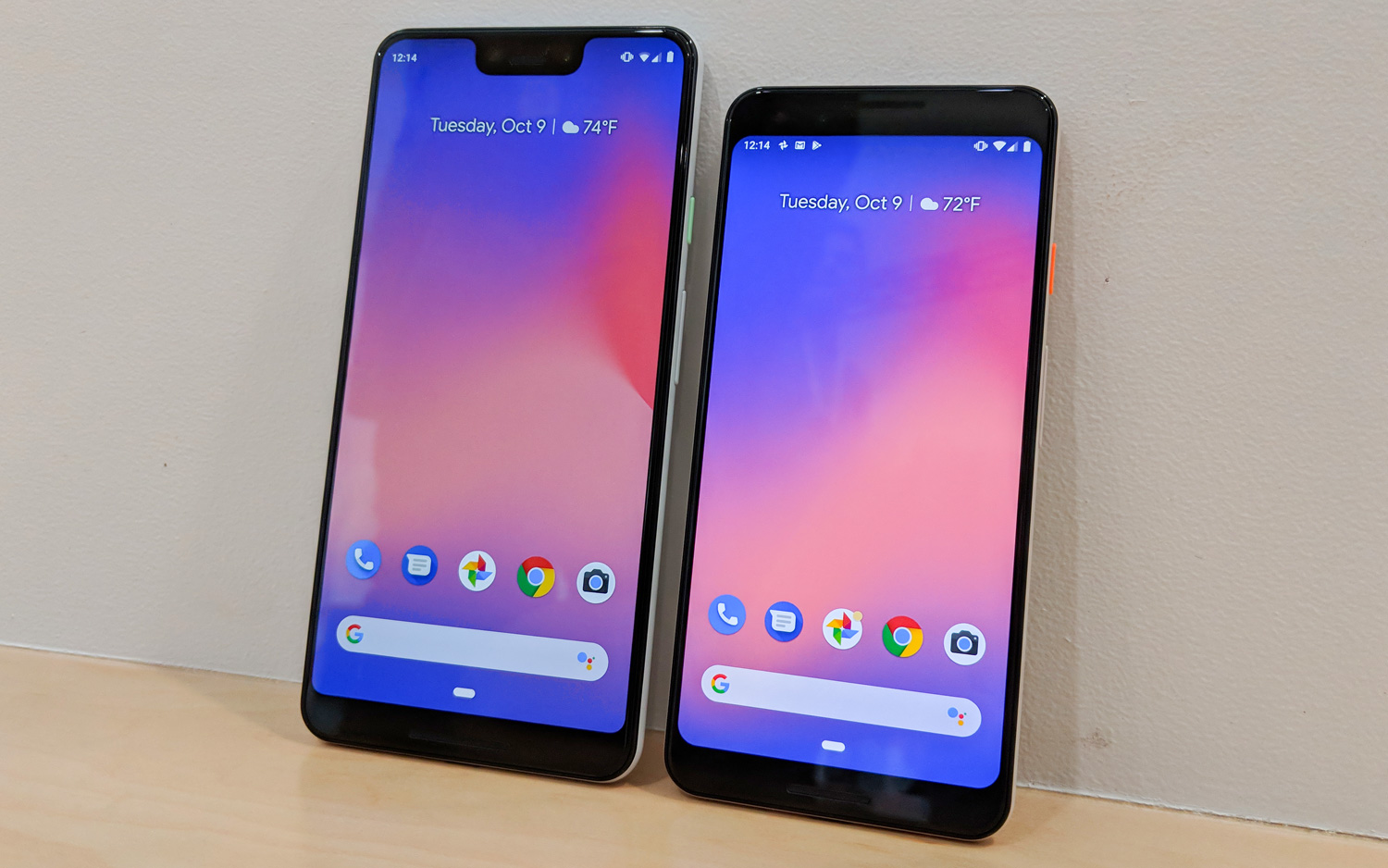
Google expanded the screens without making the new Pixels noticeably larger than last year's models. Instead, Google made the bezels smaller. The Pixel 3 XL also gets in some extra screen space by using a notch on its display. The Pixel 3's top bezel is more prominent, though not as big as what the Pixel 2 had to offer.
Google went with a glass back on its new phones, all the better for supporting wireless charging. Even with the new material, the Pixel 3 models retain the two-tone design of the Pixel 2, only this time around, Google uses both matte and glossy surfaces on its phone. The former helps you get a better grip on the lower two-thirds of the phone than you had on previous models. It's also better for repelling fingerprints as we found in our hands-on time with the new Pixels.
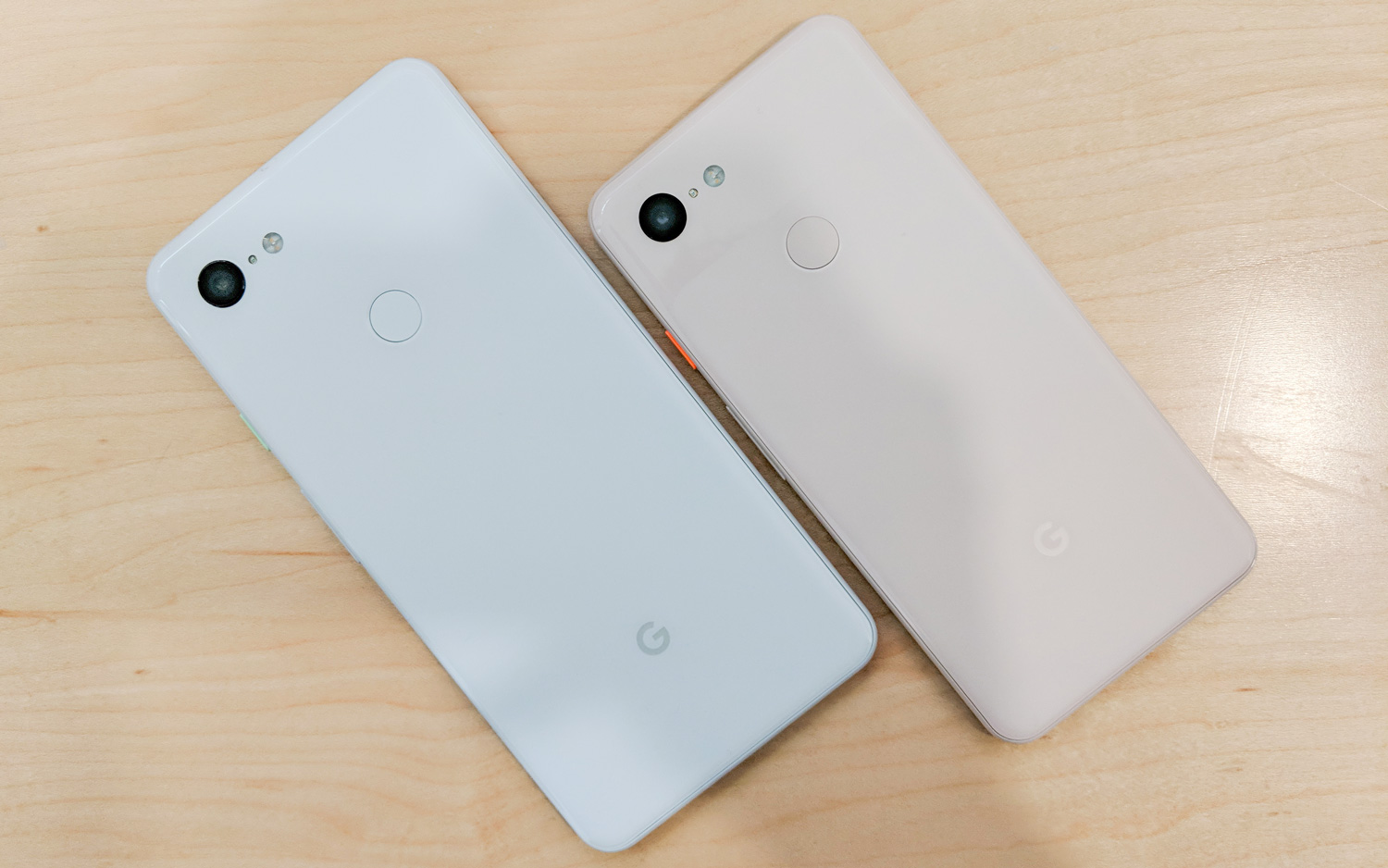
There's been a modest shakeup in colors. Clearly White and Just Black are back from the Pixel 2, but the black-and-white blend and the blue options are no more. Instead, the Pixel 3 offers what Google calls a Not Pink version which looks to my eye like a more subtle rose gold.
As before, the Pixel 3 has front-firing speakers, but they're louder than what you got from the Pixel 2 — about 40 percent louder, according to Google's math.
Camera
Cameras have been at the heart of past Pixel phones, and that's going to remain the case with the Pixel 3. But Google isn't focusing on hardware changes to improve the Pixel's shooting skills. (The Pixel 3 and 3 XL still have a single rear lens with the same features — a 12-megapixel sensor with an f/1.8 aperture — as the Pixel 2 and 2 XL.) Instead, it's computational software that will power the biggest improvements to the Pixel 3's camera capabilities.
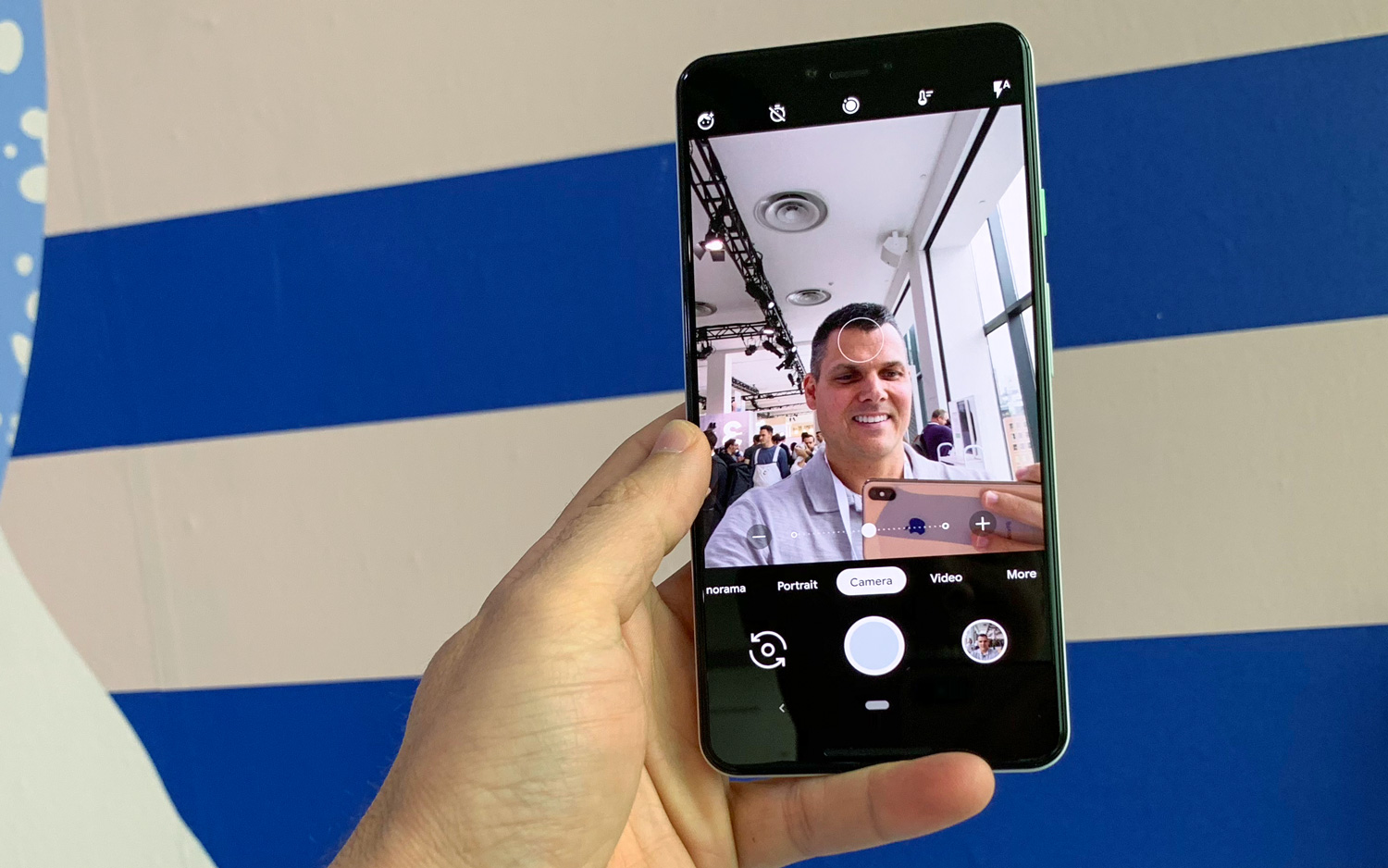
Probably one of the most impressive new features is Top Shot, aimed at making sure you've gotten the best possible photo. Say someone blinks or moves or walks into the frame at the exact time you've pressed the Pixel 3's shutter. Instead of forcing you to retake the shot, the Pixel 3 will look at all the alternative shots it captured as part of its HDR+ capabilities and suggest the best looking alternative. You'll also have the option to scroll through the different exposures, picking one that strikes your fancy.
MORE: Best Smartphone Camera
Super Res Zoom is the Pixel 3's way of overcoming its lack of an optical zoom feature. You can shoot a photo, and the camera on Google's new phone is smart enough to reframe the photo so that it's zoomed in to highlight specific details.
Google has built Google Lens directly into the Pixel 3's camera. That gives the new phones the ability to recognize objects when you point their camera at posters, menus or even objects you'd like to buy.
The Pixel 3's smart cameras support a few other new features like Night Shift, which uses machine learning to correctly amp up colors in low-light settings, and Playground, which drops augmented-reality figures like the Avengers or Childish Gambino into your shots. Both Night Shift and Playground are coming to older Pixels, though.
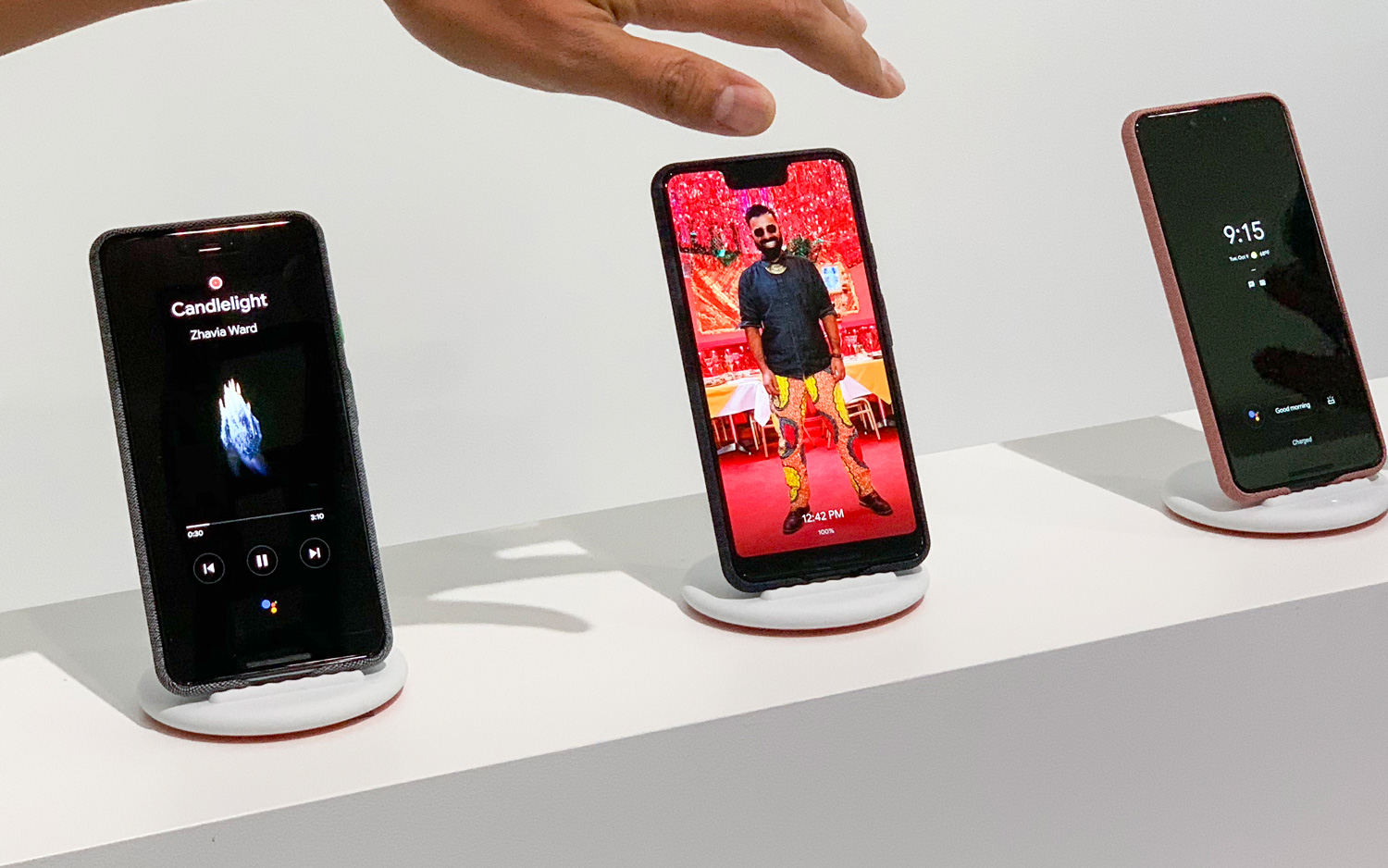
Things have changed up front on the Pixel 3, where there are now two cameras to the lone front shooter on the Pixel 2. An 8-MP lens with an f/1.8 aperture is joined by a second 8-MP wide angle lens with an f/2.2 aperture on the new Pixels. That lets you fit more people and more background details into selfies than you could with the single lens on front of the Pixel 2.
Software
The latest Pixels will ship with Android 9 Pie. That doesn't sound like much of a departure from the Pixel 2, which started receiving the latest version of Android earlier this year. In the case of the Pixel 3, however, Android 9's Digital Wellbeing features will be active once you fire up the phone. Owners of the previous Pixel could only experience Digital Wellbeing by signing up for a beta.
Digital Wellbeing is one of the centerpiece features in Android 9, marking Google's effort to give users more control over their devices. As part of Digital Wellbeing, users can monitor how much screen time they're logging on the Pixel, setting up time limits to restrict how often they use specific apps. A Wind Down feature turns the screen gray and activates the Pixel's Do Not Disturb features for times when you're trying to use your phone less, such as when you're getting ready for bed.
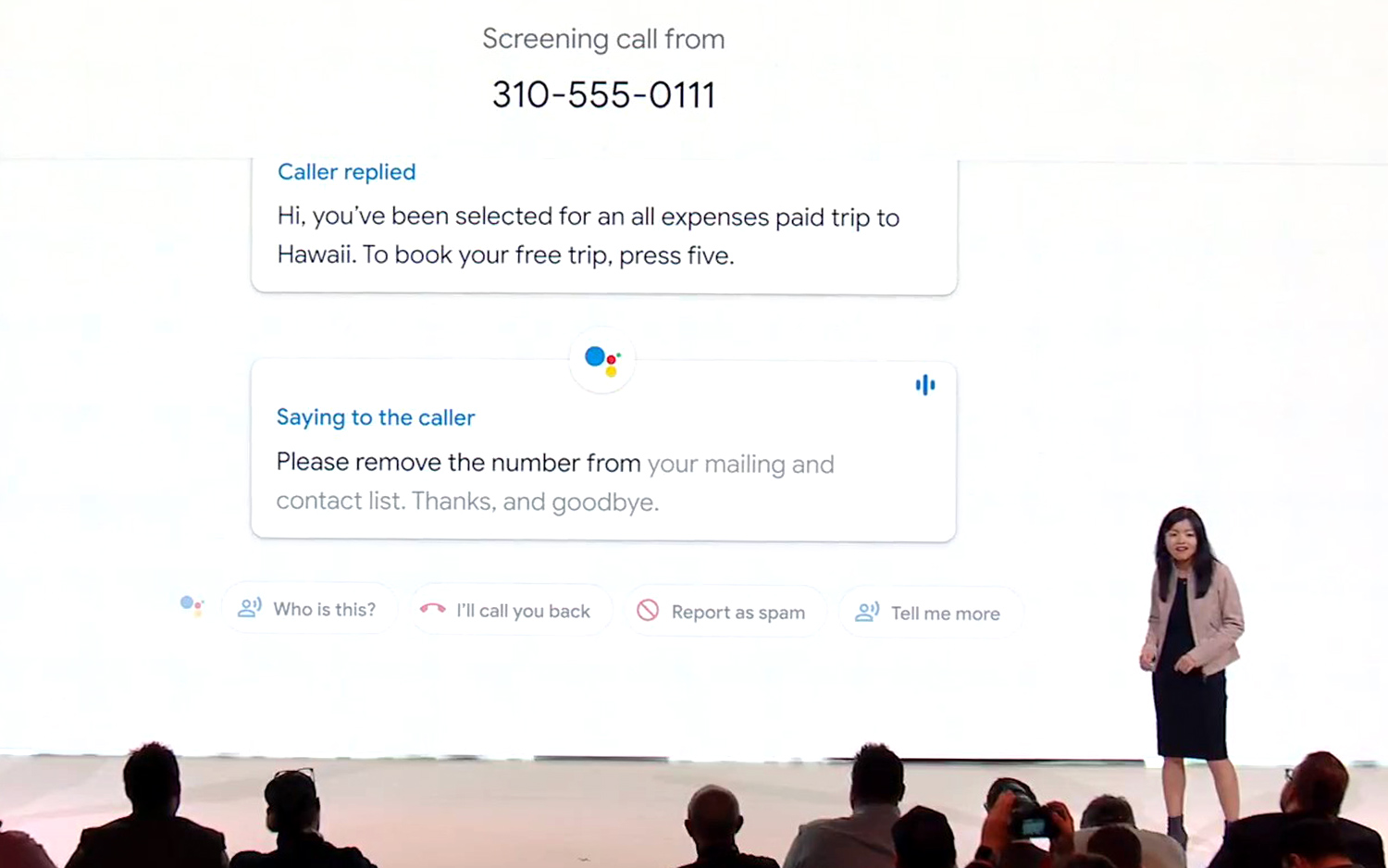
Google is using the Pixel 3 to showcase some of its AI and machine-learning prowess in areas other than the camera. The Pixel 3 will be the first phone to support Google's Duplex technology, which empowers the Google Assistant to book appointments for you over the phone using a very natural voice. That feature's rolling out on a city-by-city basis starting in November.
Right away, though, you'll be able to use Call Screen, in which the Assistant can field incoming calls and provide on-screen transcriptions when you're busy or don't want to take a call from an unrecognized number. (That Call Screen is meant to suss out telemarketers becomes apparent thanks to an on-screen button that lets you mark calls as spam.) Pixel 2 owners shouldn't feel left out though, as Call Screen will eventually come to their phones, too.
Processor and Battery
With all the other changes to the Pixel lineup, you might overlook the different specs powering Google's new phones. It's understandable — the changes here, while worth taking note of, are not exactly the most exciting changes to the Pixel 3.
Start with the processor. Both the Pixel 3 and 3 XL run on a Snapdragon 845 mobile processing platform, a step up from the Snapdragon 835 chipset in last year's Pixels, but also the processor used by nearly all of the major Android flagships to come out in 2018.
Memory and capacity haven't changed with this year's Pixels. You'll still get 4GB of RAM and either 64GB or 128GB of storage, just as you did with the Pixel 2 and 2 XL.
MORE: Smartphones With the Longest Battery Life
The most significant change is that the Pixel 3 models support wireless charging, a first for Google's phones. The Pixel 3 and 3 XL offer wireless charging at up to 10 watts, though you'll have to spring for a separate charger. Google's clearly hoping you'll turn to the $79 Pixel Stand, which also lets you listen to music and look at photos while your new Pixel juices up.
The Pixel 3's battery is a little larger than what was in the Pixel 2 (2,915 mAh versus 2,700 mAh), while the Pixel 3 XL's 3,430 mAh battery is a little bit smaller than the 3,520 mAh power pack inside the Pixel 2 XL.
Price
It's not just the Pixel screens that got bigger. The new phones have larger price tags, too, with the Pixel 3 XL creeping ever closer to iPhone X/Galaxy Note 9 territory.
The Pixel 3 costs $799 — that's a $150 markup from the Pixel 2's $649 debut price. The price hike on the $899 Pixel 3 XL is a more modest $50 increase over what its predecessor cost when it launched last year.
MORE: How to Pre-Order Google's Pixel 3 and Pixel 3 XL
One thing that hasn't changed since the Pixel 2 is who's offering Google's smartphones. The Pixel 3 continues to be a Verizon exclusive, though you can buy an unlocked version of either the 3 or 3 XL through Google's online store. The new phones are available through Google's Project Fi wireless service, too, where they're on sale alongside the Pixel 2 and 2 XL.
Outlook
If you're the proud owner of a Pixel 2 or 2 XL, you've still got a very capable phone, with a camera that still compares quite favorably to the latest flagships from Apple and Samsung. And your phone should become even more powerful with software updates adding some of the Pixel 3's key features like Night Sight and Call Screen to Google's current phones.
But it's undeniable that the Pixel 3 is a big change from the Pixel 2. The screens are bigger, the features (such as wireless charging) are more extensive, and the cameras — on paper at least — look to have taken a big step forward. Past Pixels have show that Google does a pretty good job at designing its own devices, but the Pixel 3 could be the devices that really cement this phone's place alongside the iPhone and Samsung's flagships.
Sign up to get the BEST of Tom's Guide direct to your inbox.
Get instant access to breaking news, the hottest reviews, great deals and helpful tips.
Philip Michaels is a Managing Editor at Tom's Guide. He's been covering personal technology since 1999 and was in the building when Steve Jobs showed off the iPhone for the first time. He's been evaluating smartphones since that first iPhone debuted in 2007, and he's been following phone carriers and smartphone plans since 2015. He has strong opinions about Apple, the Oakland Athletics, old movies and proper butchery techniques. Follow him at @PhilipMichaels.

